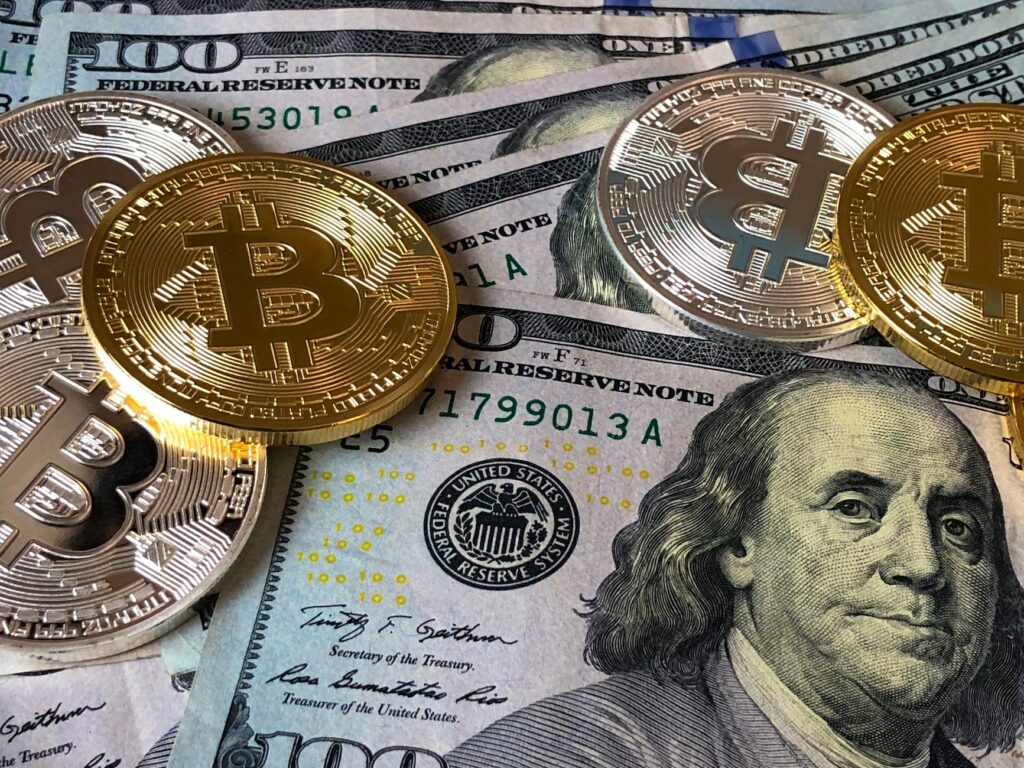
Introduction
Supply chain management is the process of managing the flow of goods, services and information between the suppliers and customers of a business. This can be described as a network of organizations that work together to create value for their customers. In this article John Mattera will explore how blockchain technology can help improve supply chain management by providing increased transparency, accountability and efficiency within the system.
What is the Blockchain?
The blockchain is a distributed ledger technology, which means it’s a digital database that records transactions across many computers in such a way that the registered data cannot be modified or deleted. The blockchain was first introduced in 2008 by Satoshi Nakamoto (who remains anonymous) as part of Bitcoin, but it has since been adopted by many other cryptocurrencies and businesses outside of finance.
The original purpose of the blockchain was to create an immutable record of all bitcoin transactions ever made so that no one could spend money they didn’t have or make fraudulent transactions with fake coins. In this way, it works much like traditional ledgers: when you transfer money from one person’s account into another’s bank account there must be an accounting record created showing this transaction took place before any funds can move between them; however unlike traditional ledgers these records are not stored on just one server but rather across thousands or even millions of computers worldwide making them almost impossible tamper with without being detected because each change would require approval from all parties involved before going into effect (known as consensus).
Key Properties of a Blockchain
Blockchain has the following properties:
- Decentralized – There are no central servers or points of control. The blockchain network is spread across a large number of nodes, each of which stores a copy of the entire ledger (a database).
- Immutable – Once information has been entered into a block, it cannot be modified or deleted by anyone unless they have enough computing power to override at least 51% of all other nodes in the network (this would require tremendous resources). This makes it impossible for any individual entity or group of entities within the system to manipulate data without being detected by other users on the network.
- Secure – A blockchain is considered secure because it operates with high levels of encryption and cryptography that protect transactions from being altered once they’ve been recorded on-chain
How Does Blockchain Work?
The blockchain is a distributed ledger, meaning it’s not stored in one location. Instead, it’s replicated across thousands of computers around the world. Each block on the chain contains a timestamp and a link to its previous block (the one before it), as well as transaction data, digital signatures and hashes of those two blocks.
The hash function creates an immutable record of each transaction made on the network–it’s what makes it possible for other nodes in the network to verify that your transaction wasn’t tampered with or altered after you sent it out into cyberspace.
Conclusion
In short, blockchain is a breakthrough technology that has the potential to revolutionize supply chain management and many other industries. It enables secure transactions between parties without the need for a middleman or central authority, which makes it ideal for managing goods as they move from one location to another.